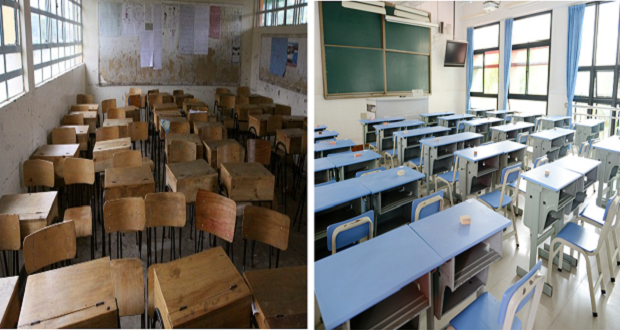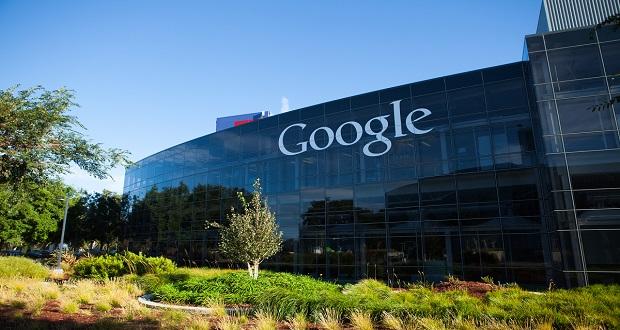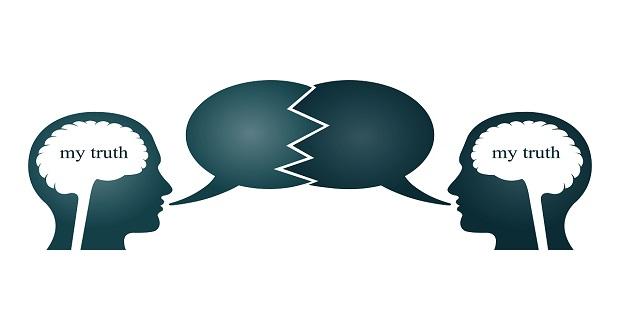
Many will argue that the purpose of attending school is to provide children with the skills and knowledge necessary to obtain economic and social mobility. However, what if the function of school was to maintain the racial and economic disparities that exist in society? Schools are often portrayed as nondiscriminatory institutions that offer all children quality learning opportunities as a way to end inequality. However, schools have been identified as one of the most significant mechanisms for reproducing inequality. Specifically, schools perpetuate and maintain the racial and class hierarchy that exists within society through unequal school funding, differential access to qualified teachers and adequate resources to foster learning, and school stratification.
When the type of school students attend determines the quality of teachers, the quantity and condition of books, the building and classroom appearance, the type of facilities available (i.e. science labs), the food options offered, and the available classes, then it is imperative to focus on changing the structure of schools and redistribution of resources. But instead of focusing on changing school structures, students are blamed and accused of not caring about school or not wanting to learn. Proponents of not changing school structure argue that resources are not important because students should be able to academically succeed if they work hard. In addition, triumphant stories of people who have “made it” through difficult life circumstances such as Tyler Perry and Oprah Winfrey are used to justify this narrative.
But why should it be acceptable knowing that some students attend schools with deplorable conditions while others do not, that some students are being prepared for different career trajectories based on the school they attend, and that students are not being academically prepared the same making higher education more difficult to obtain and complete. Is it more tolerable because the students who receive the worse conditions are students of color and/or poor? Would society be willing to enact more changes to school structure if the students were White and/or middle class? Looking at the pictures above, would your learning capacity be the same in both classrooms?


















